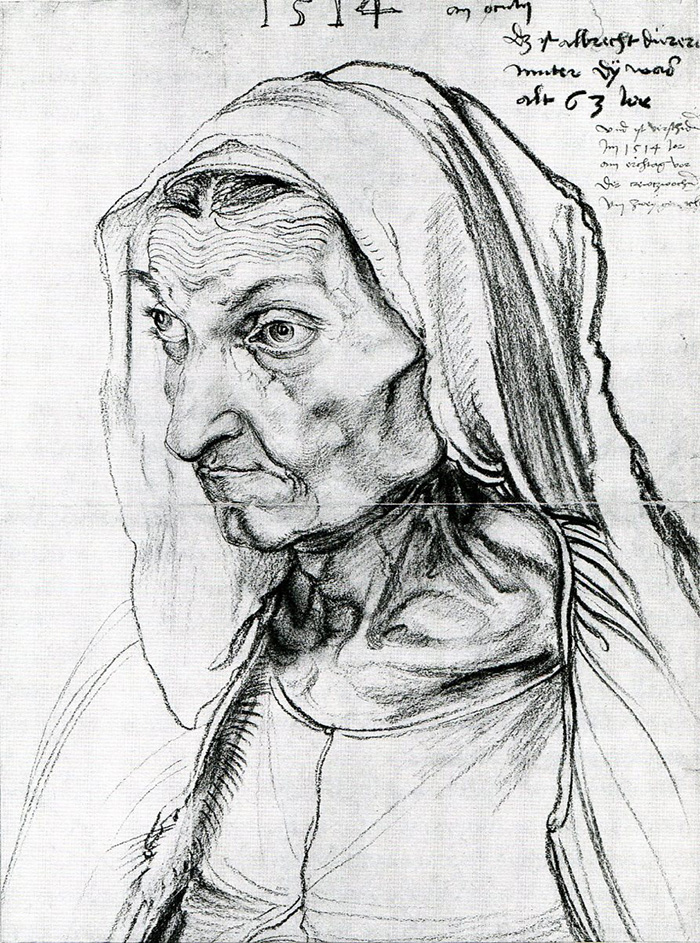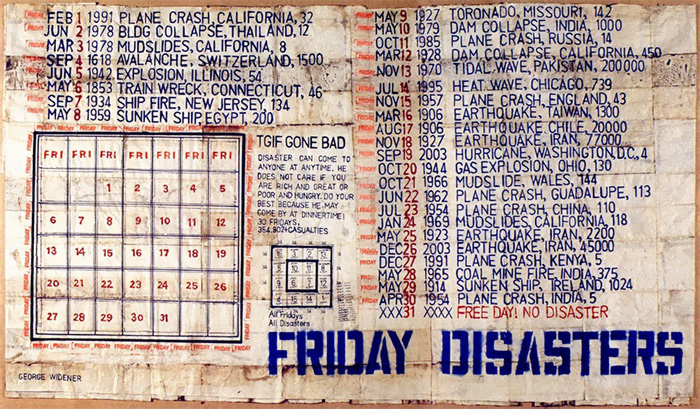a propósito del sello fechad'Or
2020/01/06

«Más que una película, soy yo mismo» escribió Jean Cocteau a un amigo durante el proceso fílmico de Orfeo (1950). En la escena inicial, en medio del bullicio del Café des Poètes, se le entrega a Orfeo una copia de la publicación que reúne los poemas de su nuevo rival; echando un vistazo a la portada, con sobrio diseño y tipografía Didot en plan Éditions de Minuit, éste pasa a hojear rápidamente el libro: «Sólo veo páginas en blanco». Su colega explica: «Se titula Nudismo». Orfeo suelta de golpe el libro y evalúa burlonamente: «¡Pero eso es ridículo!». A lo que responde su compañero: «Menos ridículo que si las páginas estuvieran cubiertas de estúpidos textos. Ningún exceso es absurdo»… Entre la sofisticación de pillar el chiste y la sofisticación mayor de negarse a entender el chiste, abrí la puerta de «BAILE. Materiales y herramientas para la encuadernación», donde compré un libro nudista al que arropar con fechas de devolución de la biblioteca y créditos de My book of time.

Fechado en el año 1514, el grabado Melencolia I de Albrecht Dürer representa al dios del calendario «vinculado al momento de concentración extrema, de trance e inspiración» bajo la influencia de la bilis negra, o del propio duelo del artista tras la muerte reciente de su madre. Albrecht la retrató con enfermedad terminal dos meses antes de morir, anotando más tarde sobre el dibujo: «Esta es la madre de Albrecht Dürer cuando tenía 63 años y falleció en el año 1514, un martes 17 de Mayo, aproximadamente dos horas antes del anochecer». Cuatro días después, Albrecht cumplió 43 años; invirtiendo los dígitos sería 34, que es la suma del cuadrado mágico que aparece en Melencolia I —la suma de cada una de sus columnas, filas, diagonales principales y quebradas, las cuatro esquinas, los cuatro cuadrados del centro, los cuatro cuadrados de los laterales y sus opuestos—, donde también graba el año (15 y 14) en la fila inferior. El tamaño del cuadrado mágico de Dürer se identifica con el sello de Júpiter (mensula jovis), que podía desempeñar el papel de un talismán al «convertir el mal en bien disipando toda angustia y temor».


George Widener descubrió los cuadrados mágicos en 1998, por casualidad, en un libro que estaba leyendo; desde entonces los combina con fechas de calendario para procesar información matemática, histórica y personal, «dando entrada a patrones lineales y aleatorios, donde pesa tanto la lógica como el azar y la sincronicidad, mientras crea composiciones que parecen arrancadas de las páginas de manuscritos medievales de conocimiento esotérico». Incapaz de ver un número sin asociarlo a una fecha concreta, sabe en qué día de la semana cayeron todas las fechas de la historia universal y «ha cruzado esos datos con la acumulación y procesamiento de terremotos, inundaciones, huracanes, accidentes de aviones y barcos… Lo que obtiene cuando liga ambos vectores son calendarios de, por ejemplo, todos los desastres ocurridos los viernes». Afirma que este es su día preferido de la semana, y el mío también (nací un viernes). Widener cuenta: «Me obsesionaban los números y los calendarios. Me aquietaban en momentos de estrés, pero empezaron a ser la causa de mi aislamiento. No puedo vivir sin ellos (…) Ahora me ayudarán a entrar en contacto con los robots, que van a dominar a los humanos en 2050. Las máquinas inteligentes del futuro necesitarán arte, y yo estoy aquí para proporcionárselo».


¶
regarding the date st. amper. ≋ «It is much less a film than it is myself» Jean Cocteau wrote to a friend at the time he was making Orpheus (1950). In the opening scene, amid the bustle of the Café des Poètes, Orpheus is shown a copy of the journal in which the poems of his new rival were first published. Orpheus glances at the cover —its spare design and elegant Didot typeface meant to evoke a volume from Éditions de Minuit— and then flips quickly through, objecting: «I see only blank pages». His companion explains: «It’s titled Nudism». Orpheus tosses the book back with a bitter chuckle and the derisive assessment: «But that’s ridiculous!». As his companion explains: «Less ridiculous than if the pages were covered with stupid texts. No excess is absurd»… Between the sophistication of getting the joke and the greater sophistication of refusing to get the joke I opened the door of «BAILE. Bookbinding Materials & Tools», where I bought a nudist book to cover with Library return dates and credits from My book of time. ≋ Dated in the year 1514, the engraving Melencolia I by Albrecht Dürer depicts the god of calendar «connected to the moment of extreme concentration, trance and inspiration» under the influence of black bile, or the artist's own mourning after the recent death of his mother. Two months before she died, Albrecht portrayed her with terminal illness, writing later on the drawing: «This is Albrecht Dürer's mother when she was 63 and she passed away in the year 1514, on Tuesday, May 17, about two hours before nightfall». Only four days later, was Albrecht’s 43rd birthday; reversing the digits would be 34, which is the sum of the magic square located in the upper right-hand corner of Melencolia I —the sum can be found in the rows, columns, diagonals, each of the quadrants, the center four squares, the corner squares and the four outer numbers clockwise from the corners— just as the year (15 and 14) is engraved in the bottom row. The size of Dürer's magic square is associated with the seal of Jupiter (Mensula Jovis), which could operate as a talisman by «turning evil into good and dispelling all worries and fears». ≋ George Widener discovered magic squares in 1998, when he read about them in a book that he was casually reading; he started combining them with calendar dates to process mathematical, historical and personal information, «including linear and random patterns, where logic has the same weight as chance or synchronicity, while creating compositions with a resemblance of esoteric medieval manuscripts». Unable to see a number without turning it into a date, he knows the day of the week on which any past or future date fell or will fall and «crossing that data with the accumulation and process of earthquakes, floods, hurricanes, plane and ship accidents... What you get when you join both vectors are calendars of, for example, all disasters that occurred on Fridays». He claims that it is his favorite day of the week, and mine too (I was born on a Friday). Widener says: «I was obsessed with numbers and calendars. They calmed me in stressful times, but started being the reason of my isolation. I can't live without them (…) Now they will help me get in touch with the robots that will dominate humans by the year 2050. The intelligent machines of the future are going to need art too, and I'm here to provide it.» ≋
♯mybookoftimestamps ♯cocteau ♯mensulajovis ♯dürer ♯magicsquares ♯widener ♯laultimafechaseñalada


